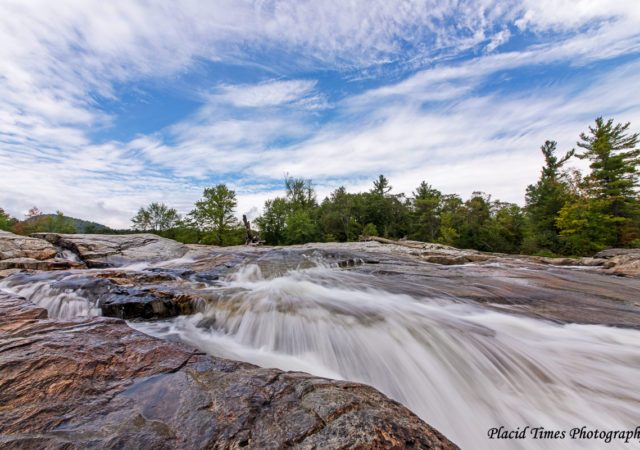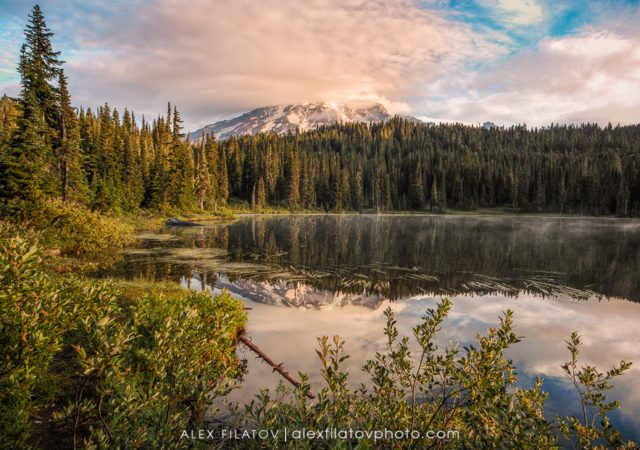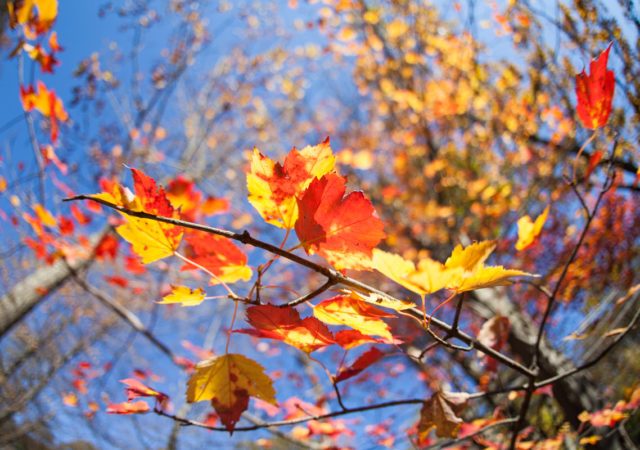By John DiGiacomo This year while photographing fall foliage in New York’s Adirondack State Park, I added two versatile Sigma lenses to my arsenal: The Sigma 24-105mm F4 DG Art lens and the Sigma 12-24mm F4.5-5.6 II DG lens. This…
20mm F1.4 DG HSM | Art: Hands-On Sneak Peek with Image Samples
The Sigma 20mm F1.4 DG HSM | Art is the world’s first full-frame 20mm F1.4 ultra-wide angle lens. It is also the first lens in the Art category to sport an integrated petal-type lens hood to protect its bulbous front…
The SIGMA 10-20mm F3.5 EX DC HSM for Outdoor Action Photography
Editor’s Note: This is an in-depth look at the SIGMA 10-20mm F3.5 EX DC HSM lens — which has since been discontinued — by now SIGMA Ambassador, Liam Doran. For many photographers, their first camera is typically a crop sensor…
Sigma 24mm F1.4 DG HSM | Art: First Look
Patrick Santucci and I had a few days to check out the first sample of the new 24mm F1.4 DG HSM | Art lens to arrive in the US, right before it was shipped off to WPPI for the big…
Why Circular Polarizers Still Matter
Why circular polarizers still matter: A high quality circular polarizer is still one of the most important accessories for any photographer’s bag. And the new Sigma Weather-resistant Circular Polarizers offer incredible performance, weather-tough design, and a fantastically upgraded case with grip arcs that keep the filters from rattling around in the bag.
First Look: Sigma 50mm F1.4 DG HSM | A
The Sigma 50mm F1.4 DG HSM | A lens is simply amazing. This standard field of view, fast-aperture, full-frame, prime lens combines outstanding sharpness, fast autofocus, in a lens that is built with a singular vision on performance.
Morning at the Reflection Lakes, Mount Rainier National Park
Late every summer, nature photographers flock to the Pacific Northwest with the hope of capturing the majestic beauty of Mount Rainier and its gorgeous subalpine meadows. After much obsessive planning and conversations with photographers around Washington State, I was able to make my first trip to the region this year. My biggest concern was whether I would arrive on time to catch the peak wildflower bloom. The area experienced a warm spring and summer, and thus the wildflowers emerged earlier than expected. But, as luck would have it, that shouldn’t have been my primary worry.
Single-Shot Autofocus, or Continuous Autofocus, Or…
Learning how and when to use different settings and options for image capture is one of the most important parts of becoming a stronger photographer. There’s no setting or camera function that’s going to be perfect for all situations, while is exactly why there are so many options. For example, every DSLR offers a couple variations on Autofocus for either a Single-shot or Continuously tracking autofocus.
Each has it strengths and purposes, and even with that, there’s still times when switching the lens to manual focus is the best way to ensure that your chosen subject and focal point is sharp in the image. In this piece, we’re going to look at three photos of seagulls to briefly explore and explain the reasons why to choose one type of AF or manual focus over the others.
Fall Foliage with Sigma’s 15mm F2.8 Diagonal Fisheye Lens
Fall is my favorite time of year to take photographs, and I always push myself to get out and make the most of the brief window of brilliant color. I have spent the last week chasing fall foliage in the Pocono Mountains of Pennsylvania. This year, after taking the obvious shots of deep oranges and reds, I used my Sigma 15mm Fisheye lens to capture the forest from a different perspective.
Chasing Fall Color with the Sigma 18-35mm F1.8 DC HSM | Art Lens
Exploring the world through the Sigma 18-35mm F1.8 DC HSM | Art lens on the hunt for varying colors and textures, and levels sharpness and blur can create images that are at once new, and yet instantly recognizable. Close-up focusing on a pumpkin, for example, gives a shallow slice of sharpness, and lovely focus fall-off in a composition that’s pure seasonal color. And a single turning leaf backlit by the sun tells the story of autumn in a very different way than a sweeping vista of an entire hillside.





